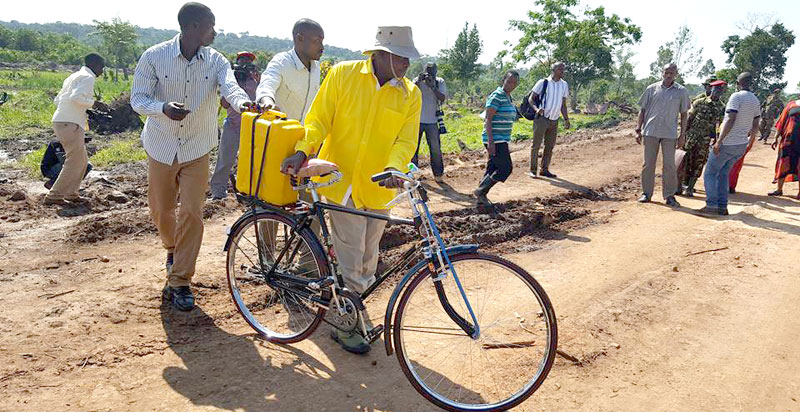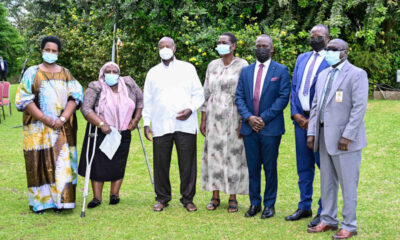Guest Writer
Government should pilot Irrigation using available water
I write to refer to an article which appeared in The Sunrise of November 10th 2016 titled
“Water scarcity and lack of Political will hamper irrigation in Uganda.”
My take on this matter is that we have plenty of water resources all over Uganda–mainly lakes (Victoria, Albert, George, Edward, Kijjanebarora (Rakai), Kwania (Lango), in addition to crater lakes in Queen Elizabeth National Park and much of the volcanic areas of western Uganda, e.t.c).
There are also permanent wetlands, rivers, underground (aquifers) among others. That is an important starting point. Secondly, Uganda has trained manpower in water utilization, regulation and management issues, such as hydrologists–who can guide, advise and implement projects on water irrigation, on how the different water resources as I’ve listed above, can be utilized for irrigation.
This should be on smallholder, medium and large-scale. And I’m not talking about the Irrigation Schemes format as established by the Government of Uganda in the 1960s, such as Mubuku (Kasese), Olweny (Lira), Agoro (Lamwo), Doho (Butaleja) and Kibimba (Bugiri).
I’m talking about extending water for irrigation to where agricultural production and farming takes place. Such as up to sub-counties. I’ve argued in various forums that Government via the Ministries of Agriculture and Water/Environment, need to pilot drawing water from lakes, rivers, aquifers and permanent wetlands pumped and piped through or across a productive sub-county near that water-source.
This piped water can be collected in a reservoir or some tank of a kind, from where water finally can be channeled to farms. If its a hilly or mountainous place, then gravity schemes be established whereby water collected in a reservoir can move by gravity without pumping.
I know issues of cost will come in with the intention of abandoning such ideas on claims that ‘they are very expensive”. Yet loss of lives due to starvation as a result of deaths from famine caused by prolonged droughts, is the most costly development no nation would allow to happen.
Secondly, farming communities must be enabled to reduce reliance on nature as much as possible. So that the-waiting-for-rain-phenomenon is done away with as farmers will irrigate their lands throughout the year.
Therefore, they’ll grow crops throughout the year–and only do crop rotation from cereals to legumes and legumes to cereals–or do land fallowing (resting it from cultivation) and so forth and so on.
With water-for-production availability and not just rhetoric or not just in books, requires addition of other technologies for resilience against pests, diseases and other challenges such as frost and soil fertility deficiency.
Crop varieties genetically-improved to manage these challenges above–via genetic engineering, can lead to a boost in food, health, nutrition and income security. Irrigation plus resistant/tolerant crops, plus soil fertility, and good agronomic practices [among these timely weeding, pruning, and harvesting) on top of good post-harvest handling practices like timely drying, good storage and clean processing are all important elements in the agricultural value chain.
For small, medium and large-scale farmers, markets are another very important element, from which all farmers have to earn money for sustenance. Therefore, from the outgoing, an integrated approach to improved agriculture is paramount and must be promoted by Government, the private sector and ourselves–the media.
Comments




















